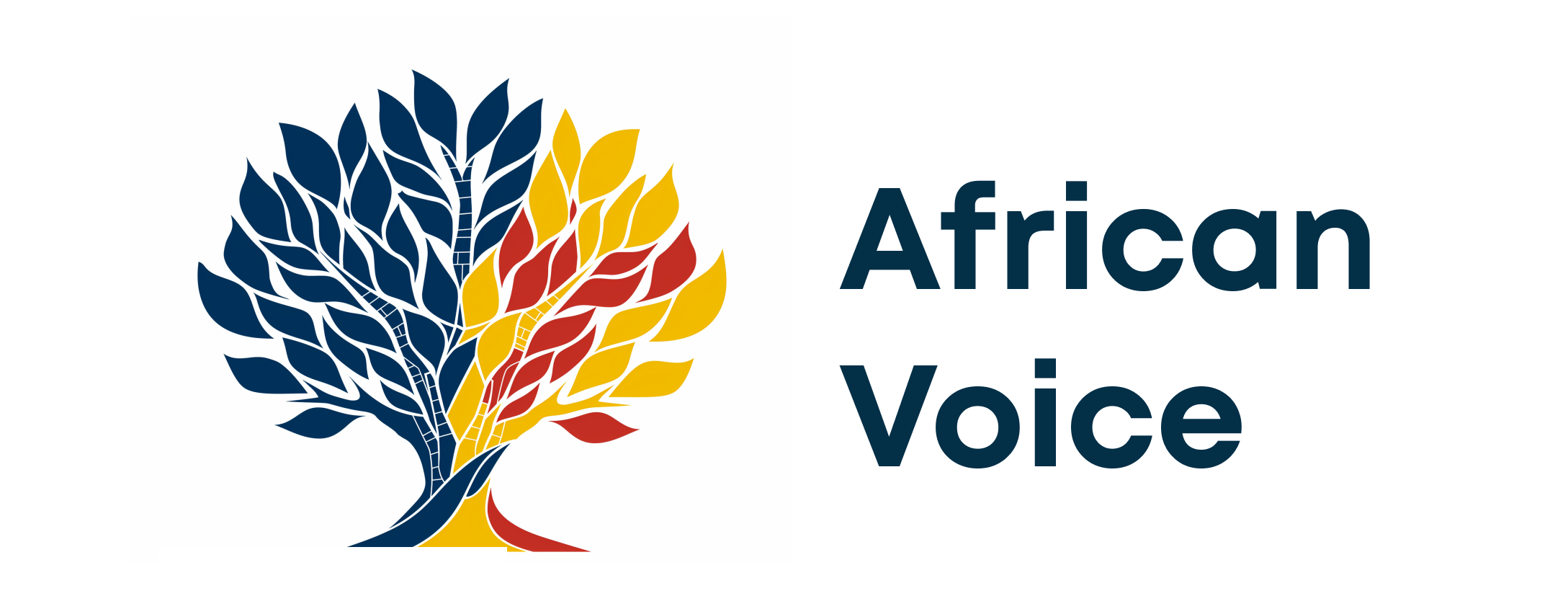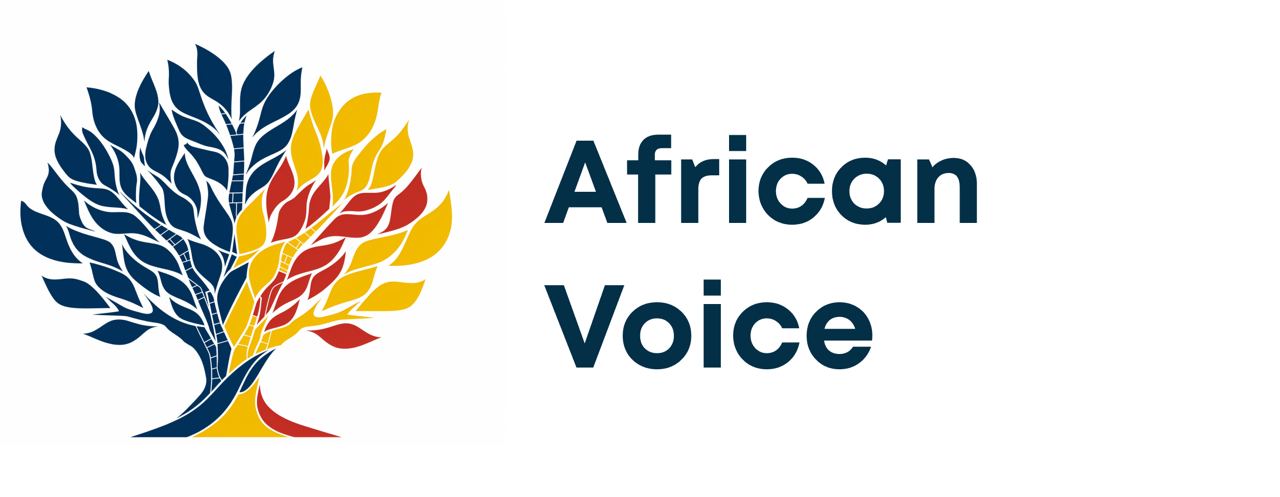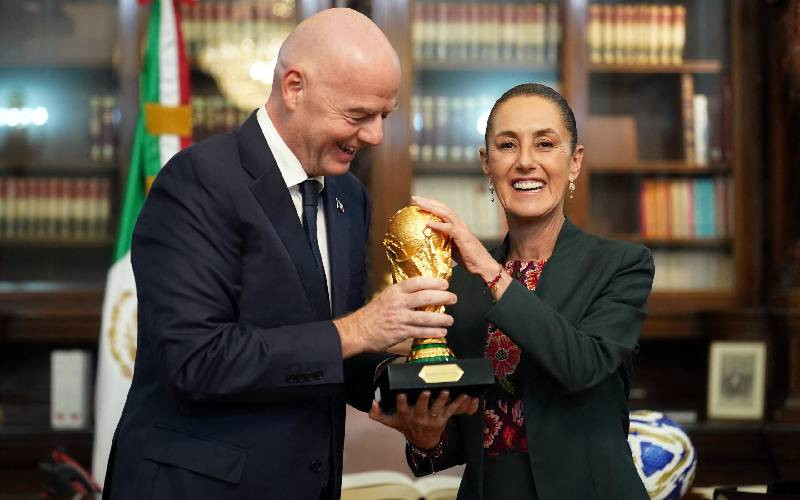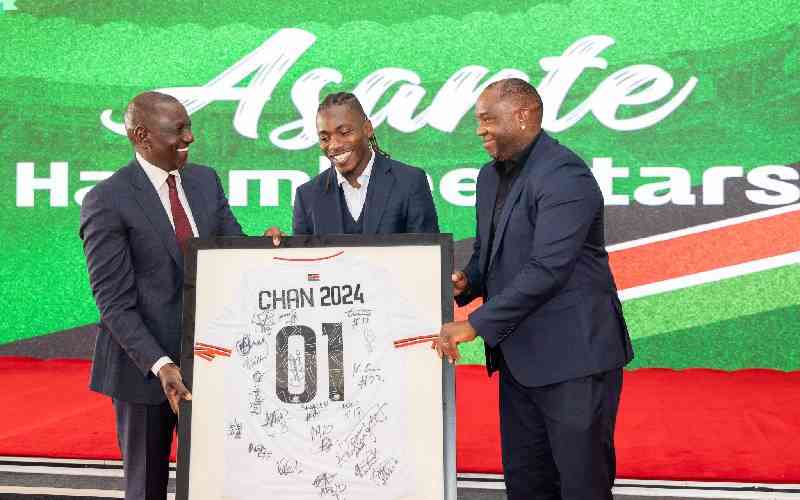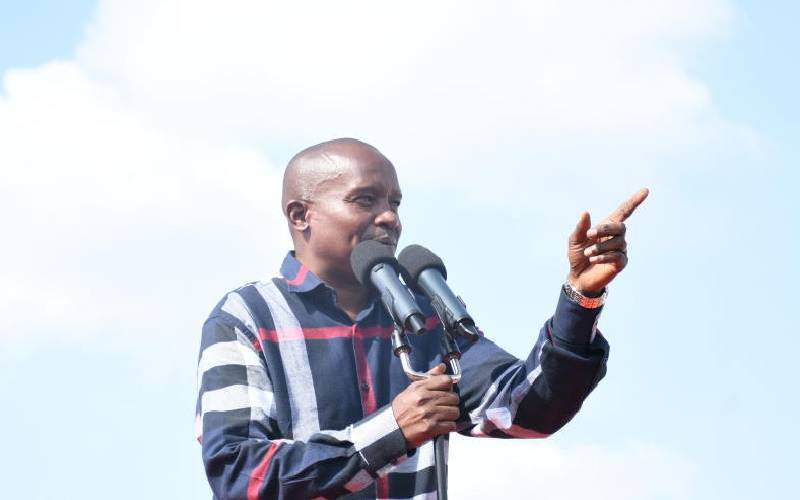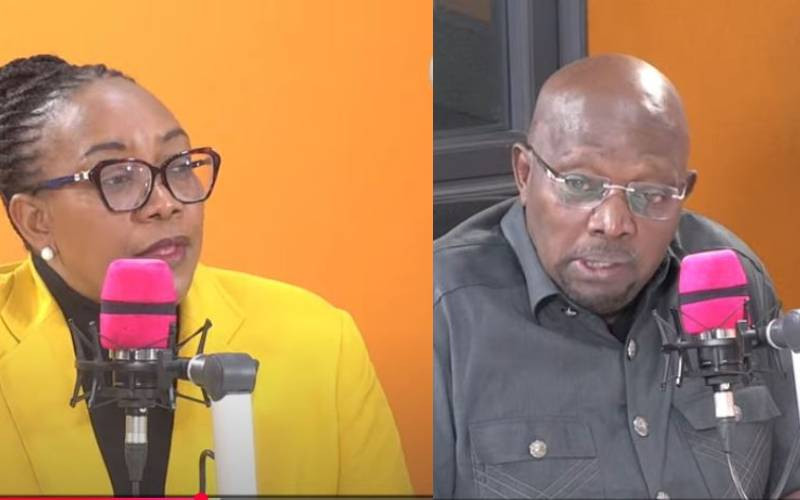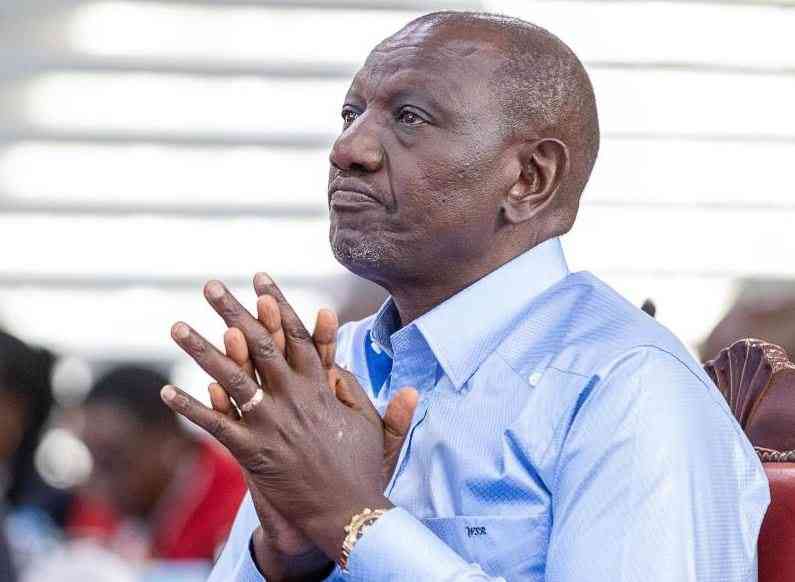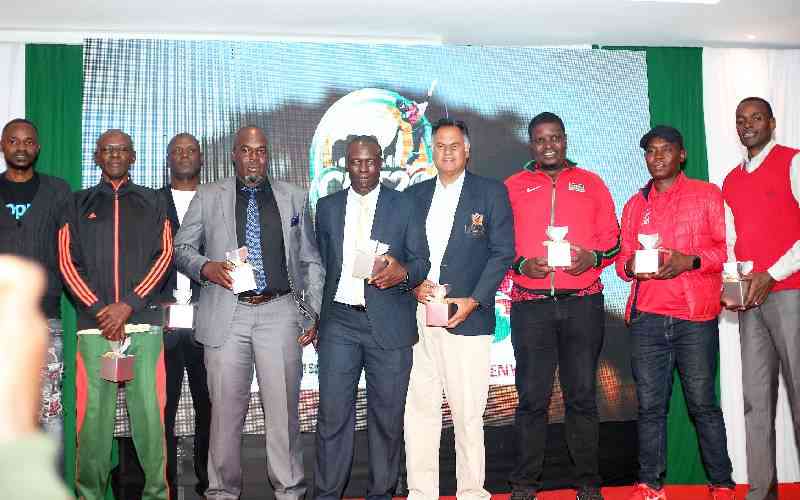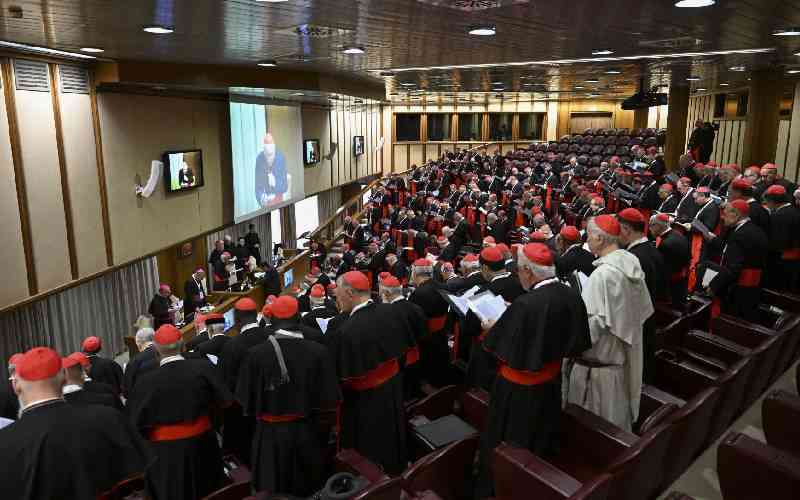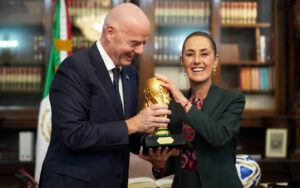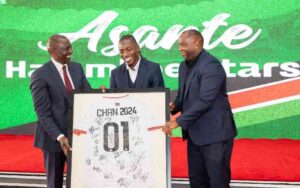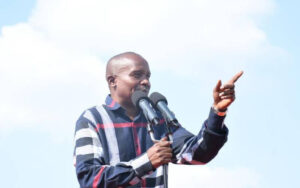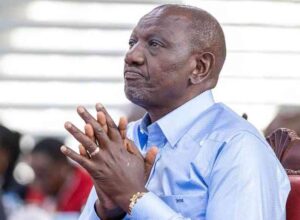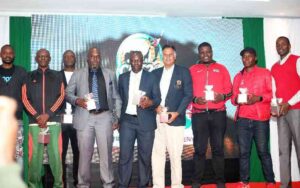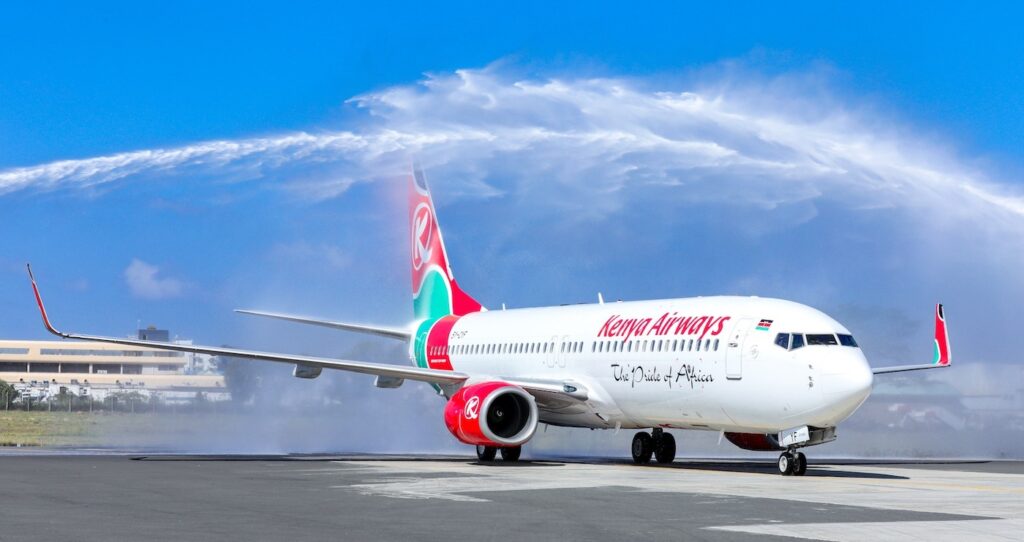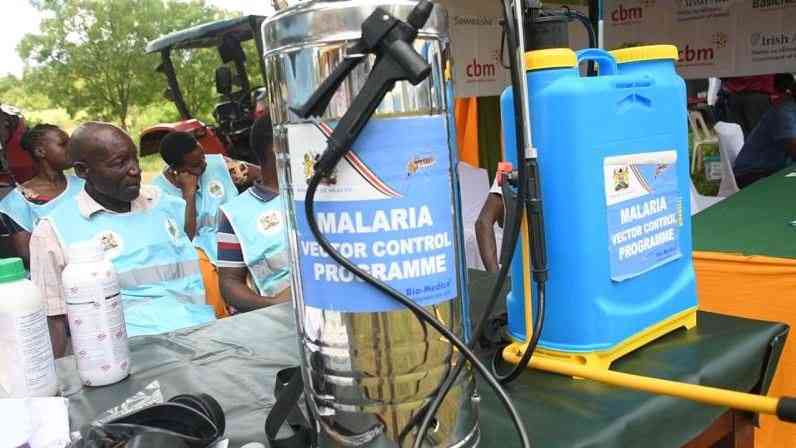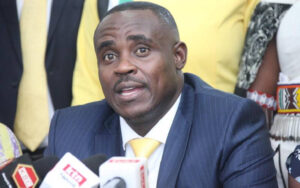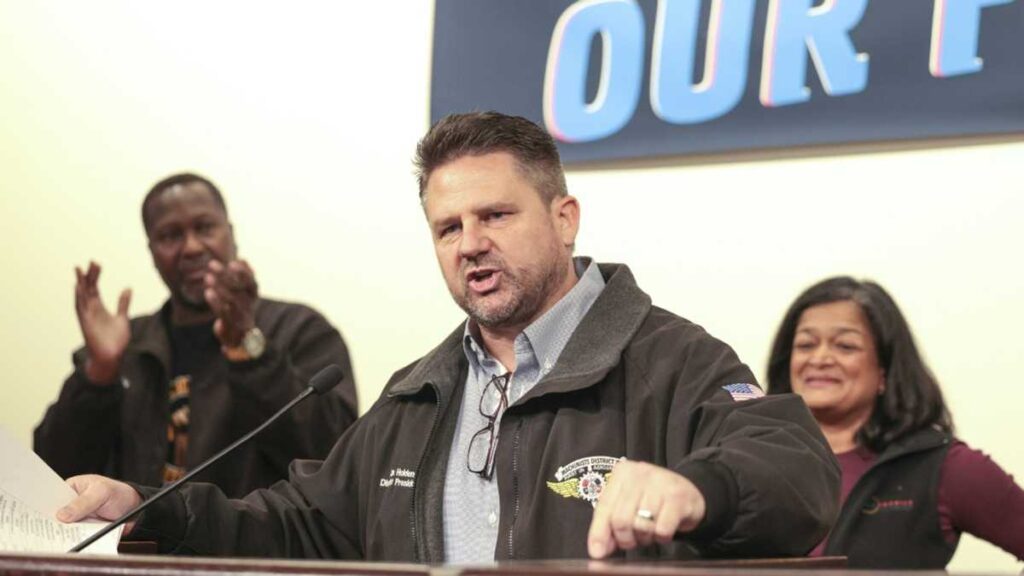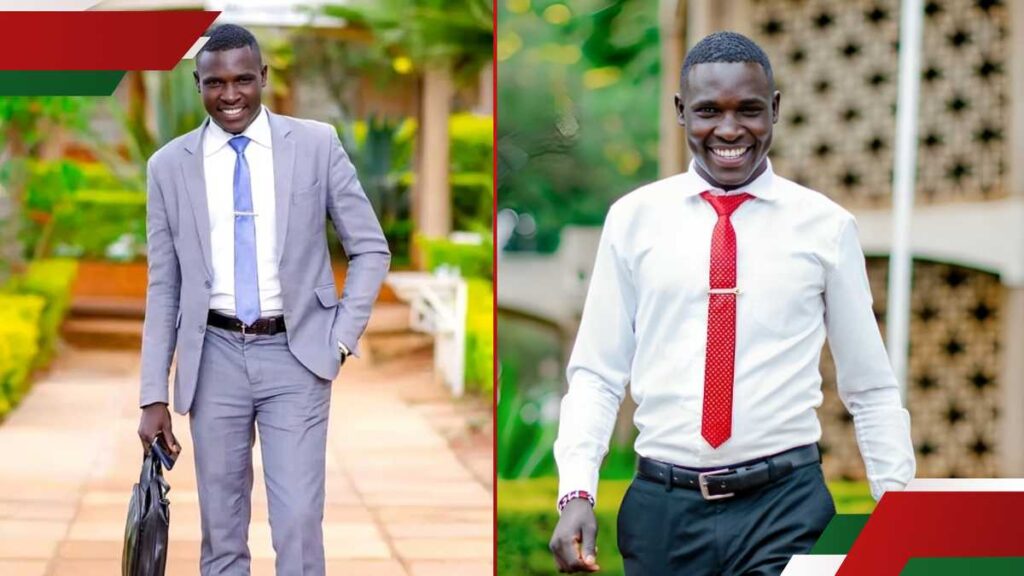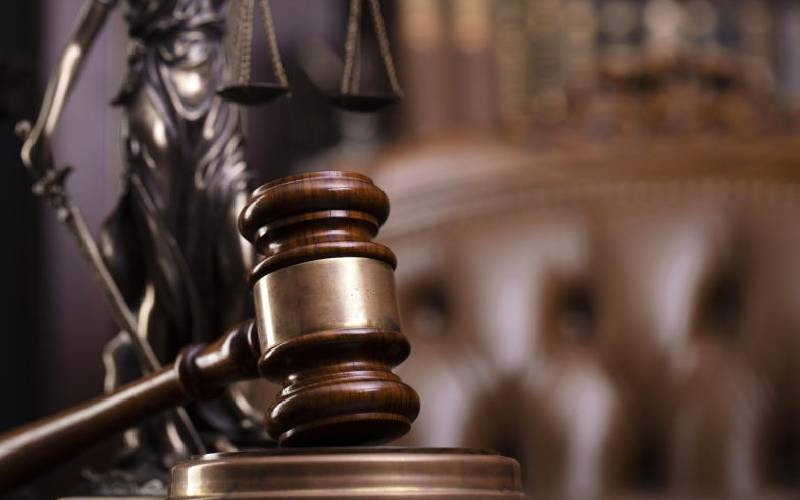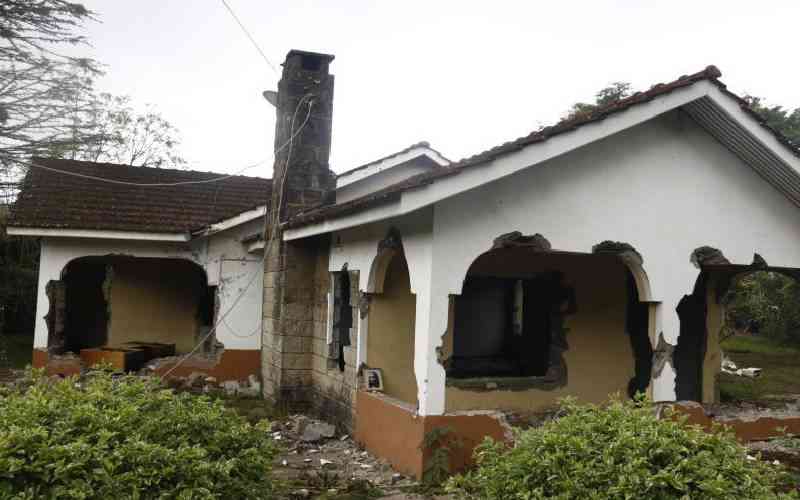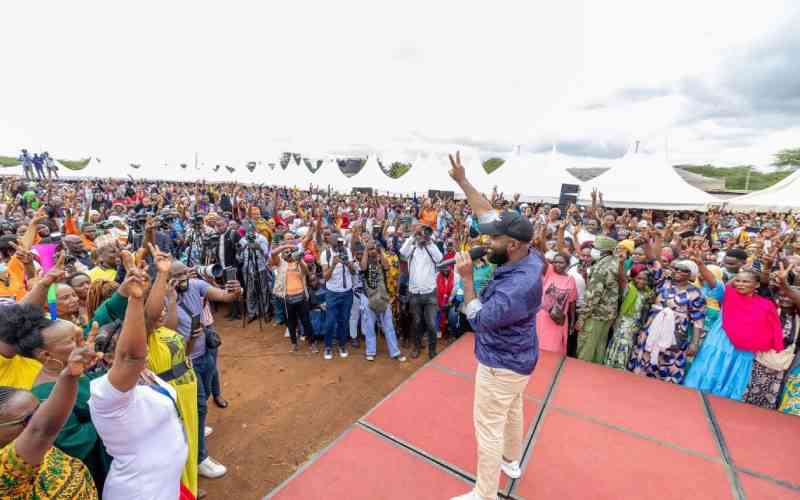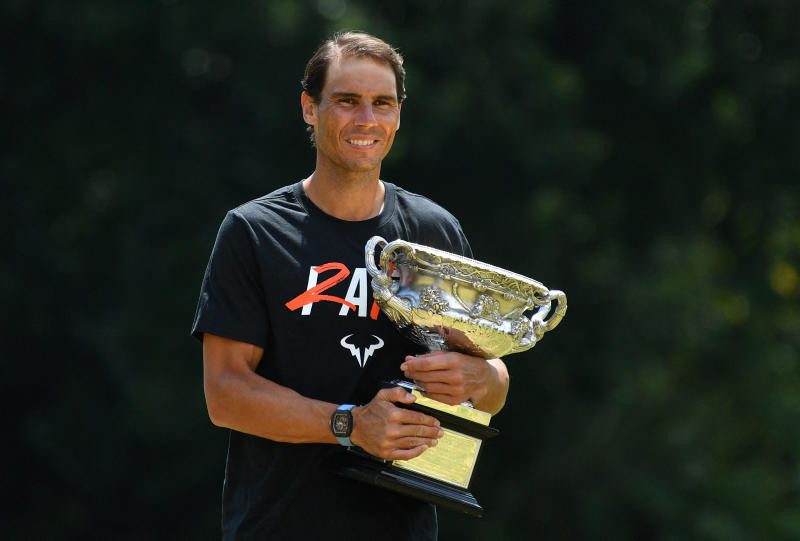With few days remaining before 133 cardinal electors are sealed behind the ancient doors of the Sistine Chapel to choose the 267th pope, global attention is riveted on Rome—not merely to witness who will don the white robes, but to see whether the Catholic Church is prepared to embrace a future beyond Europe’s long-standing dominance.
On Saturday, the Holy See released a video highlighting preparations for Wednesday’s conclave. The footage revealed meticulous details: workers installing the iconic stove where ballots will be burned—its smoke signalling to the world whether a new pontiff has been chosen—and a false floor laid over the Sistine Chapel’s hallowed tiles to level the space for the cardinals.
As speculation intensifies, the cardinal electors have quietly begun the sacred process of discernment behind the Vatican’s high walls. This week’s general congregations—hushed, deliberate, and devoid of overt campaigning—have focused less on individuals and more on virtues: humility, unity, courage. No single name has yet emerged clearly, but a deeper question now looms.
Is the Church ready to let its next leader emerge from the vibrant, faith-filled continents of Africa or Asia? From Kinshasa to Manila, these regions are no longer peripheral outposts of Catholicism—they are its heartbeat.
The Catholic Church today is a different institution from the one that once crowned monarchs and presided over empires. While the Vatican remains in Rome, the beating heart of the Church now resides in the Global South. Of the 183 cardinals gathered in Rome for pre-conclave discussions, 133 are eligible to vote. Among them, 37 hail from the Americas, 23 from Asia, 18 from Africa, and 4 from Oceania. Europe, though still the largest bloc with 51 electors—21 of them Italian—no longer dominates the Church’s spiritual or demographic landscape.
In six general congregations held this week, the 183 cardinals, including the 133 electors under the age of 80, gathered not to promote names, but to align the spirit of the Church.
“We all agree on continuity,” said Cardinal Gregorio Rosa Chávez of El Salvador during one of the closed-door sessions. “But we are missing the name and the style of the successor.”
This sentiment—open, reflective, and urgent—has defined the tone of the week. On Tuesday, Rev. Donato Ogliari, Abbot of St Paul Outside the Walls, delivered a meditation urging the cardinals to reject “arrogant, harsh, and authoritarian attitudes” in favour of humility and compassion. While he did not name names, his words painted a portrait of leadership that many find compelling: a pope who listens, unites, and leads with spiritual courage.
Outside the Vatican, the call for global representation has grown louder. This conclave is among the most geographically diverse in history, mirroring a Church where Africa and Asia account for a growing share of the 1.4 billion global Catholic population.
Africa alone is home to nearly one in five Catholics—a proportion expected to rise significantly by 2050. Seminaries in Uganda, Kenya, and Ethiopia are flourishing; churches in Côte d’Ivoire and Zambia resound with youthful choirs—a stark contrast to Europe’s dwindling congregations. Asia, too, is a crucible of growth, with the Philippines and India sustaining vibrant Catholic communities. Yet despite this demographic shift, African and Asian candidates remain curiously underrepresented in mainstream papal speculation—an omission that hints at lingering Eurocentrism.
This disconnect has sparked both hope and frustration. Hopes that a pope from the Global South may emerge; frustration that few African candidates are seen as papabile—those considered viable successors to the papacy. “The Church cannot ignore its own heartbeat,” said a Nairobi-based priest, speaking anonymously. “Africa is not just the future; it is the present.”
Names such as Cardinal Peter Turkson of Ghana—a global voice on climate justice—and Cardinal Fridolin Ambongo of the Democratic Republic of Congo—a fierce advocate for peace in a conflict-ridden nation—have been floated.
In Asia, Cardinal Luis Antonio Tagle of the Philippines, known for his charisma and pastoral grace, and Cardinal Malcolm Ranjith of Sri Lanka, a conservative figure, are quietly observed.
Still, as the Italian cardinal Giuseppe Versaldi cautioned, “Those who enter the conclave as pope often leave as cardinals.” The Holy Spirit, as Vatican lore holds, moves unpredictably.
Stay informed. Subscribe to our newsletter
This tension—between tradition and transformation—echoes broader questions of accountability within the Church. Will it uphold the status quo or choose a leader who reflects its evolving global reality? “The next pope may not come from the margins,” said one Vatican analyst, “but he must understand them.”
Cardinal Versaldi, speaking after the sixth congregation on April 29, acknowledged the “plurality of opinions, convergences, and differences” among the electors.
Quoting Scripture, he added, “Salvation will come from the East. We now see the East as a protagonist that teaches the old continent not to despair.” His words signal an emerging openness to non-European leadership—but the road remains uncertain.
Two electors have withdrawn due to health reasons, and Cardinal Angelo Becciu—implicated in a Vatican financial scandal—is absent, leaving 133 voting cardinals. To become pope, a candidate must receive 89 votes—a two-thirds majority. Among the frontrunners, Cardinal Pietro Parolin, the Vatican’s Secretary of State, remains a safe, diplomatic choice. But the yearning for a pope who mirrors the Church’s shifting soul is growing louder.
In Kenya , this conclave is more than a Roman ritual—it is a moment of profound hope. Faithful there dream of a pope who understands not only Latin and Italian, but also Swahili, Tagalog, or Lingala—as bridges to the lived realities of believers. “The Church is universal,” said one Kisumu parishioner. “It’s time the papacy reflected that.”
